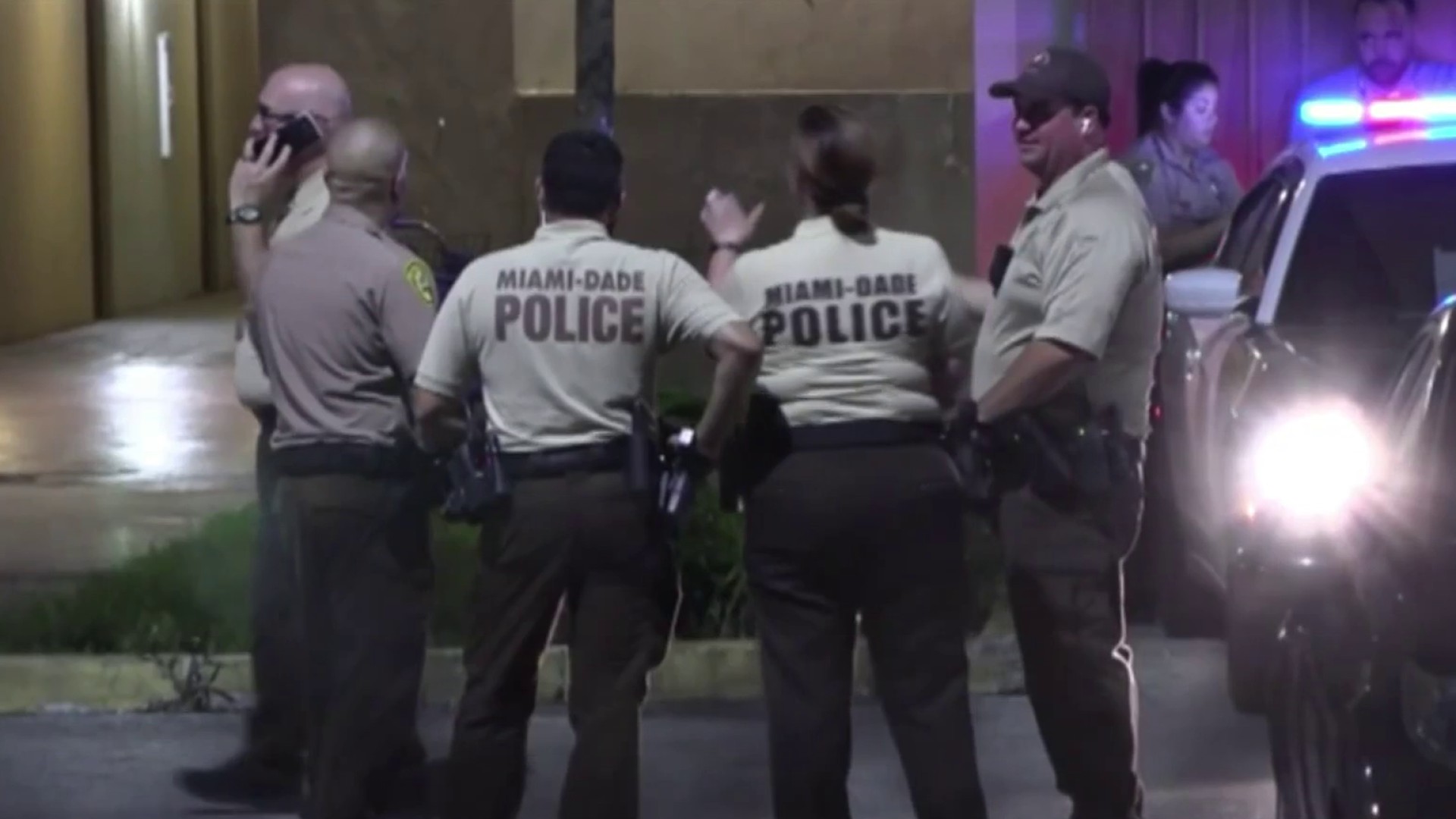Three days a week, Buffy greets visitors at the entrance to Doctors Hospital of Sarasota. If they grant permission, she sniffs their feet seeking a whiff of active COVID-19 infection.
Few decline the offer when they see the yellow Labrador retriever with a wagging tail. People generally don’t love going to a hospital, said CEO Robert Meade, but, “Who doesn’t love labs?”
Buffy was trained by Palmetto-based Southeastern Guide Dogs as part of a four-dog pilot program for scent detection. Southeastern Guide Dogs has for years trained service animals and provided them for free to disabled veterans and people with vision loss. Scent detection, however, was new territory.
The original plan for 2020 was to train dogs to detect heightened levels of cortisol, the stress hormone. That could let the dogs know when to wake up military veterans suffering night terrors, or get them out of a stressful situation before a panic attack strikes.
Get South Florida local news, weather forecasts and entertainment stories to your inbox. Sign up for NBC South Florida newsletters.
The coronavirus pandemic derailed that plan, but opened the door to another. Small, early studies on dogs trained to detect COVID-19 in Europe — though still unproven — showed promise. Southeastern decided to give it a shot.
The four dogs selected were not the top of their class. In fact, they’d flunked out of Southeastern’s guide dog training.
“They all had small animal distraction, or prey drive, and they were a little high-energy,” the dogs’ trainer Laska Parrow said. But they all had another trait in common. “They were dogs that never gave up when a treat was hidden somewhere. These four, they just kept trying to find it.”
Local
Training dogs to detect the virus required actual virus samples. For that they turned to Meade, the hospital CEO, who has served on Southeastern Guide Dogs’ board for years.
Saliva samples were collected from Doctors Hospital patients with active COVID-19 infections. Those samples were then “inactivated,” a process rendering them non-infectious and safe for research.
They needed enough samples to insure the dogs were able to filter out various other elements.
“If someone ate a chicken sandwich, or smoked a cigarette, or had Doublemint gum, those odors would be in the sample too,” Parrow said. “If (the dogs) were trained on sample one, with Doublemint gum in it, and I’d bring out sample two, with coffee in it, they would learn what the samples had in common — the virus — and alert to that, not coffee or Doublemint gum.”
They trained for three months. At the end, Buffy was 95 percent accurate at detecting the virus samples. The glaring question then, Parrow said, was whether the dogs would be able to switch from inactive virus samples in training to live infections in the field.
Buffy was working at the hospital for a few weeks before it happened.
Someone arrived at the entrance. As part of the screening process every visitor goes through, someone took their temperature and asked them questions about symptoms. They did not have any.
Buffy pointed her snoot at the person’s feet and sniffed. She lay down next to them — her signal for detecting the virus. It was the first time she’d done that.
The person was handed an information sheet and escorted to take a rapid test. It came back positive for COVID-19.
No one was happy to hear that someone had the virus, but Parrow felt relief. Buffy, it appeared, could detect a live infection.
While scientists agree more research is needed, COVID-19-detecting dogs could become more commonplace. The Miami Heat has used German shepherds to screen for the disease at American Airlines Arena since February. The Atlanta Journal-Constitution’s annual Peachtree Road Race will feature a COVID-sniffing dog this year, and the Dubai International Airport was first to employ the dogs to screen passengers.
Meade said he believes Doctors Hospital of Sarasota is the first hospital in the U.S. with such a pooch.
Three of the four dogs Southeastern Guide Dogs trained as COVID detectors made it through the program. Two will remain at the Southeastern campus, where the organization hopes they’ll make it safer for people to return in person. The one washout dog, Parrow said, “decided this wasn’t the career for her, so she’s going to retire early and live the good pet life.”
Buffy now lives with Meade when she isn’t working at the hospital. A working dog has to practice, so he hides little canisters of inactive virus around the house for her to sniff out.



